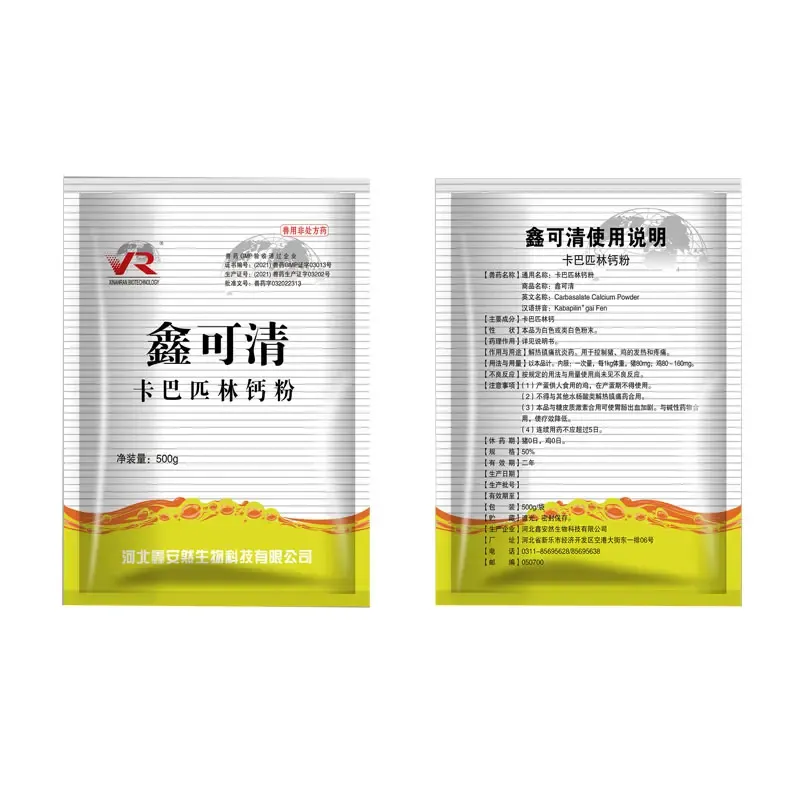- Afrikaans
- Albanian
- Amharic
- Arabic
- Armenian
- Azerbaijani
- Basque
- Belarusian
- Bengali
- Bosnian
- Bulgarian
- Catalan
- Cebuano
- Corsican
- Croatian
- Czech
- Danish
- Dutch
- English
- Esperanto
- Estonian
- Finnish
- French
- Frisian
- Galician
- Georgian
- German
- Greek
- Gujarati
- Haitian Creole
- hausa
- hawaiian
- Hebrew
- Hindi
- Miao
- Hungarian
- Icelandic
- igbo
- Indonesian
- irish
- Italian
- Japanese
- Javanese
- Kannada
- kazakh
- Khmer
- Rwandese
- Korean
- Kurdish
- Kyrgyz
- Lao
- Latin
- Latvian
- Lithuanian
- Luxembourgish
- Macedonian
- Malgashi
- Malay
- Malayalam
- Maltese
- Maori
- Marathi
- Mongolian
- Myanmar
- Nepali
- Norwegian
- Norwegian
- Occitan
- Pashto
- Persian
- Polish
- Portuguese
- Punjabi
- Romanian
- Russian
- Samoan
- Scottish Gaelic
- Serbian
- Sesotho
- Shona
- Sindhi
- Sinhala
- Slovak
- Slovenian
- Somali
- Spanish
- Sundanese
- Swahili
- Swedish
- Tagalog
- Tajik
- Tamil
- Tatar
- Telugu
- Thai
- Turkish
- Turkmen
- Ukrainian
- Urdu
- Uighur
- Uzbek
- Vietnamese
- Welsh
- Bantu
- Yiddish
- Yoruba
- Zulu
8 月 . 13, 2024 15:19 Back to list
Understanding the Various Mechanisms Behind Antimicrobial Resistance in Pathogenic Microorganisms
Understanding Antimicrobial Resistance Mechanisms
Antimicrobial resistance (AMR) is a growing global public health concern, where microorganisms such as bacteria, viruses, fungi, and parasites evolve to resist the effects of medications designed to kill them or inhibit their growth. This resistance jeopardizes the effectiveness of common treatments, resulting in prolonged illness, increased medical costs, and a higher risk of mortality. To combat AMR, it is crucial to understand the various mechanisms through which microorganisms develop resistance.
One of the primary mechanisms of antimicrobial resistance is the alteration of the drug's target site. Microorganisms can mutate the genes encoding the proteins that antimicrobial agents target, rendering these drugs ineffective. For example, in bacteria like Staphylococcus aureus, mutations in the penicillin-binding proteins (PBPs) lead to the development of methicillin-resistant Staphylococcus aureus (MRSA), which is resistant to beta-lactam antibiotics. By changing the structure of PBPs, MRSA can continue to thrive despite the presence of these antibiotics.
Understanding Antimicrobial Resistance Mechanisms
Additionally, microorganisms may develop efflux pumps that actively expel antimicrobial agents from their cells before they can exert their effects. These efflux pumps are membrane proteins that can remove multiple classes of drugs, contributing to multidrug resistance. For instance, Pseudomonas aeruginosa employs such pumps to eliminate a variety of antibiotics, complicating treatment options for infections caused by this pathogen.
antimicrobial resistance mechanisms pdf

Furthermore, microbial resistance can be attributed to decreased permeability of the cell membrane. By altering the porins—proteins that form channels in the bacterial outer membrane—pathogens can limit the entry of antibiotics. This mechanism is often observed in Gram-negative bacteria, where changes in porin expression can significantly reduce susceptibility to drugs such as fluoroquinolones and beta-lactams.
Horizontal gene transfer is another critical facet of antimicrobial resistance. Bacteria can share resistance genes through transformation, transduction, and conjugation. This transfer can occur between different species, creating superbugs capable of resisting multiple antibiotics simultaneously. The significance of mobile genetic elements like plasmids, transposons, and integrons in the dissemination of resistance genes cannot be overstated, as they facilitate rapid genetic exchange among microbial populations.
Lastly, biofilm formation plays a pivotal role in AMR. Microbial communities that form biofilms adhere to surfaces and are shielded from both the host immune response and the effects of antimicrobial treatments. This makes infections associated with biofilms particularly difficult to treat, necessitating higher concentrations of antibiotics to achieve effectiveness. The chronic nature of infections linked to biofilms, such as those associated with devices like catheters and prosthetic joints, underscores the need for innovative therapeutic approaches.
In conclusion, understanding the various mechanisms of antimicrobial resistance is essential for developing effective strategies to combat this public health threat. Continued research is vital to uncover new targets for drug development, improve existing therapies, and implement effective infection control measures. By addressing the multifaceted nature of AMR, we can work towards preserving the efficacy of antimicrobial agents and safeguarding public health for future generations.
-
The Power of Radix Isatidis Extract for Your Health and Wellness
NewsOct.29,2024
-
Neomycin Sulfate Soluble Powder: A Versatile Solution for Pet Health
NewsOct.29,2024
-
Lincomycin Hydrochloride Soluble Powder – The Essential Solution
NewsOct.29,2024
-
Garamycin Gentamicin Sulfate for Effective Infection Control
NewsOct.29,2024
-
Doxycycline Hyclate Soluble Powder: Your Antibiotic Needs
NewsOct.29,2024
-
Tilmicosin Premix: The Ultimate Solution for Poultry Health
NewsOct.29,2024













